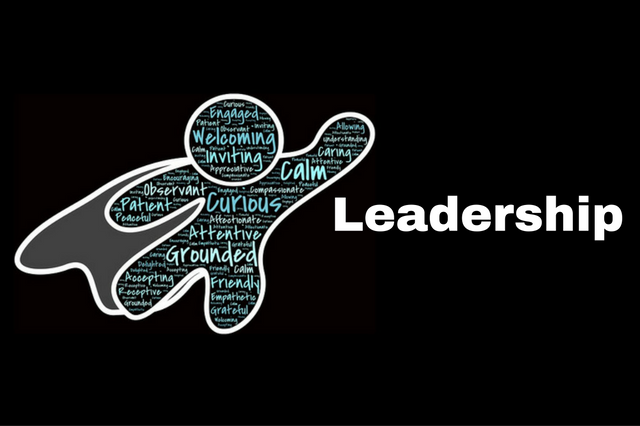Social media and internet technology have brought about lasting changes in the way that people express themselves, gain information about each other and the world, collaborate, and learn. Our rapidly changing culture has become somewhat bipolar, with onscreen self differing dramatically from offscreen self. Although people are becoming very good at new technologies, some people are asking, “Are we as a society losing the ability to connect to others in real time and space?” The interest in focusing on how people read each other and feel connected when face to face has been a topic of conversation for the last 30 years. Thirty years ago, the term Emotional Intelligence (EQ) was first used, and now it is a widely-used word in our vocabulary.
What is EQ?
EQ differs from IQ (intelligence quotient) in measuring intelligence, because it values not only what result is achieved, but how the task is attempted. EQ gives people the capacity to care for others, have compassion and understanding, and really identify as someone who cares about people. EQ can affect a person’s work because he will make decisions with consideration for others. Someone with EQ sees the “WE”, and not just the “I”.
What are the steps to fostering EQ in young learners?
What does someone with high EQ do differently? First, people with EQ know themselves and understand how to express how they feel to others. Second, people with EQ have a strong sense of how their identity or values are reflected in the tasks they do. Finally, people with EQ continually ask themselves how they can expand their goodness in the world and alleviate others’ suffering. The three steps are broken down below.
STEP 1: Know yourself
Great learners should first study and know themselves. Aristotle said “Knowing yourself is the first step towards wisdom”, and Nelson Mandela agreed when he said, “Learn to know yourself, to search realistically and regularly the processes of your minds and feelings.”
Young children will model the behaviour around them, and so it’s important when fostering EQ in young learners to set up the right conditions for success. The leader should demonstrate the process of identifying and expressing one’s emotions. This can be done through conversations, stories or scenarios which are then discussed in a group. If children are able to reflect on how they might feel in certain situations, they will increase their emotional awareness. In addition, an opportunity for quiet reflection will help children to have time to get to know themselves, and for this, journal writing is very useful.
STEP 2: Choose Who you are in each moment
Choose to cultivate the person that does the actions, rather than merely choosing the actions. Knowing the answer to “Who is the me that does this?” creates higher EQ. Envisioning oneself with a values-driven identity creates character. Steve Jobs said, “Don’t let the noise of others’ opinions of you drown out your inner voice.” Lao Tsu said, “Knowing yourself is wisdom. Mastering yourself is power.”
For a leader to draw out qualities of EQ in a young learner, it works well to provide opportunities where students can choose who they want to be in a certain situation. Choice of self is the second step on a path to high EQ, and can be attained when learners are acknowledged for their identity, rather than their actions. Cultivating a positive identity can happen further through visioning and values-clarification activities which ask the questions, “Who would you like to be in this situation?” and “What values do you want/choose to live by?” Opportunities for responsibility such as chores allow practice on the path from “I” to “We”, as students see that they are a part of a group, and it’s valuable to do their part. Stories, movies and character studies where the emphasis is on qualities of personality that lead to certain choices help build understanding of why others do certain things. At this level, a lot of scenario questions and opportunities for problem-solving will help the child to practice envisioning and creating a powerful identity in the world.
STEP 3: Give yourself to the world in bigger ways
Become a hero. Magnify the image of yourself and your values into heroic proportions. Gandhi said, “The best way to find yourself is to lose yourself in the service of others.”
A leader who helps children increase their opportunities for service in the world will provide many practice tasks. Again, creative thinking tasks will help children to envision themselves in heroic terms. Students can rewrite their life story as a hero story. Additionally they can apply their problem-solving abilities by going out into the world and seeing what lacks and how they can choose to help. This means they must magnify their vision of themselves and put it into practice. A leader may at this stage discuss world events and share responses openly. A lot of questions can be asked, with an attitude of openness and respect, honouring each other for who each is becoming and the way each child is choosing to live in the world.
Looking for support to foster EQ in your child?
Little Mountain Learning Academy’s SUCCESS Coaching Program has 4 modules: Taking Control and Reframing, Silencing the Monkey Mind and Mindfulness, Emotional Intelligence, and Communication. These modules will help students to learn and practice a number of tools, and strategies. Through a series of workbook questions, and meetings with a coach, students will learn that they have all of the resources necessary to make meaningful change within their own lives, and the lives of those around them. Success Coaching will help students cultivate skills for success, by learning about, and working with habit formation, goal setting, values, and commitment.
For more information about this program, please give us a call at 604-221-2363



 Fostering Leadership Skills in Youth
Fostering Leadership Skills in Youth